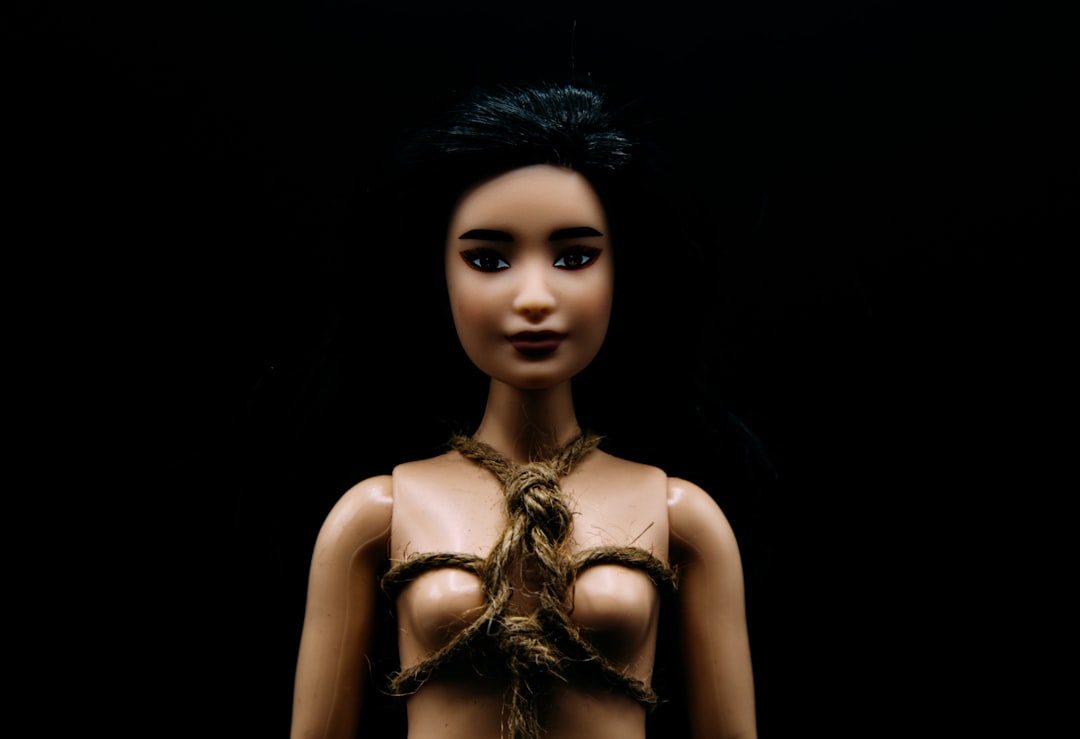Virtual influencers have become a captivating presence within the realm of social media, captivating audiences with their CGI-generated personas and amassing substantial followings while endorsing various brands. However, the integration of AI technology has propelled this phenomenon to an entirely new echelon. Now, with the advent of AI-powered image generators, entire portfolios of internet personalities are being fabricated, despite their lack of existence in the physical world.
These AI-generated influencers, predominantly portrayed as conventionally attractive women, invite us on a mesmerizing journey through the uncanny valley. Their haunting Twitter and Instagram feeds depict them engaging in a virtual display of allure, posing and preening in alluring scenarios that captivate the hearts of tens of thousands of seemingly human followers.
Take, for instance, the enigmatic “Milla Sofia,” a virtual girl hailing from Helsinki, Finland, who has managed to captivate a significant audience across Instagram, Twitter, and TikTok. Despite openly acknowledging her non-existence in the real world, Milla Sofia’s scantily-clad portraits, set against the backdrop of idyllic holiday destinations and sandy beaches, continue to accumulate thousands of likes and evoke hundreds of comments.
Yet, the question remains: do these human enthusiasts truly grasp the fact that they are engaging with AI-generated influencers, or is there an inherent allure in the knowledge that they are interacting with an artificial persona? Some of these virtual influencers push the boundaries further, delving into suggestive sexual content, while others find themselves embroiled in disputes over stolen AI-generated photographs.
This trend invites a multitude of intriguing questions. Do users possess a genuine awareness that these virtual influencers are devoid of physical existence? And if this knowledge were to surface, would it detract from their appeal or perhaps enhance it? Furthermore, we must contemplate the role of the real-world influencers who serve as the inspiration for these AI spin-offs. Many of these AI-generated accounts blatantly mimic their real-life counterparts, with some even overlaying the faces of virtual influencers onto videos originally posted by their human counterparts, all without proper accreditation.
The matter of monetization within this realm is equally perplexing. Real-life influencers traditionally secure lucrative brand deals, but the mechanisms through which virtual influencers like Milla Sofia can achieve such financial gains remain shrouded in ambiguity.
